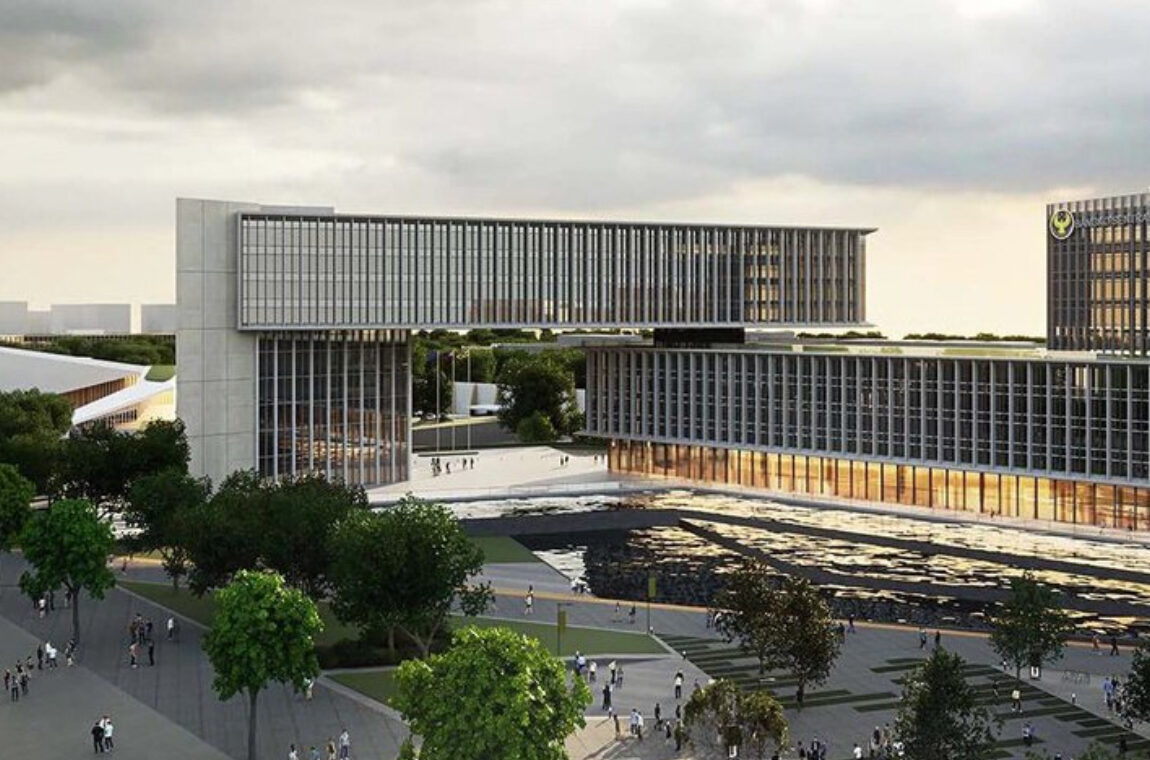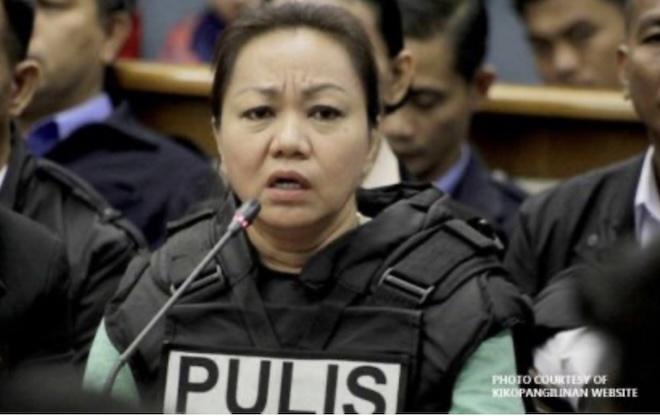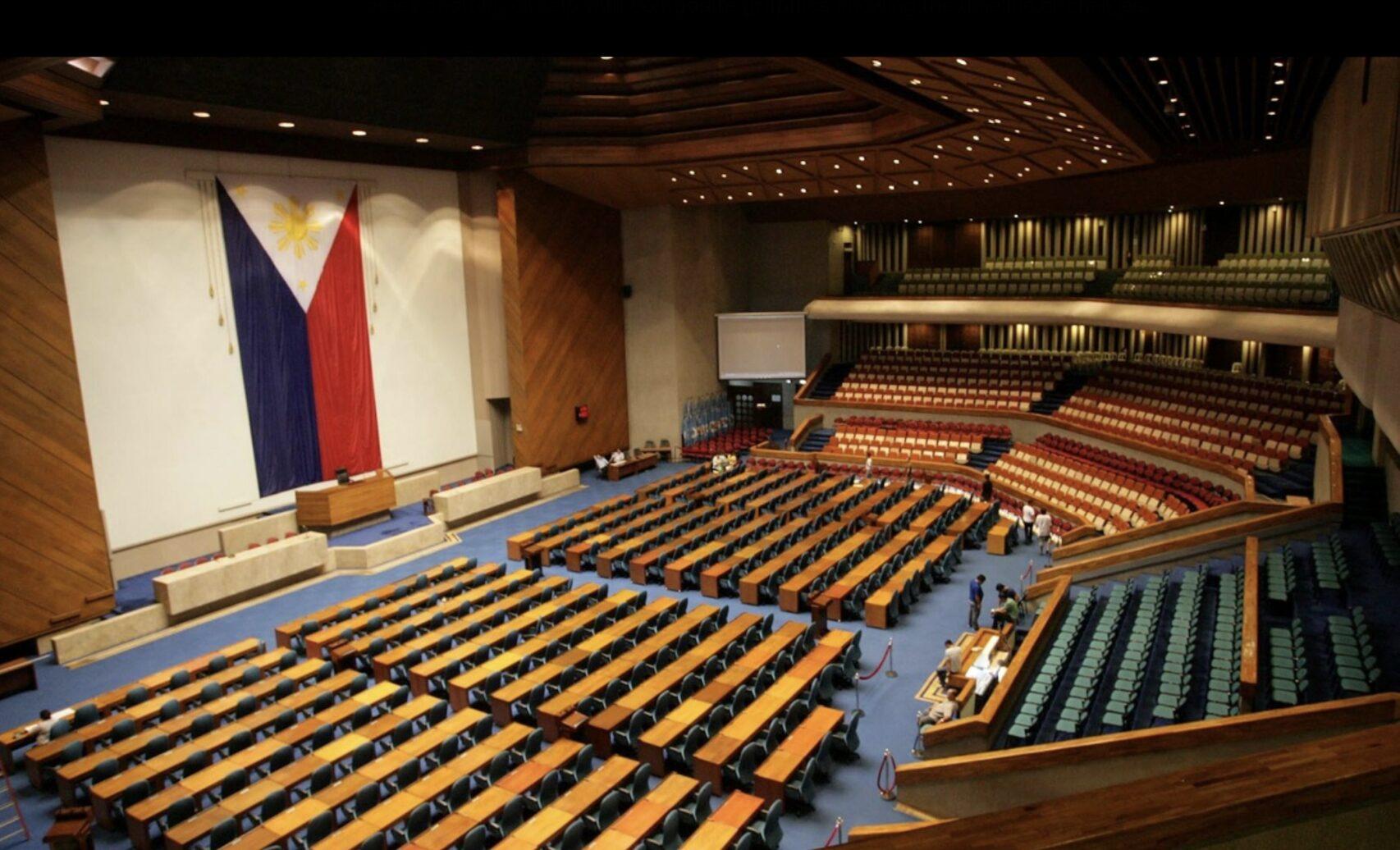Fil-Am leaders renew call for TPS
WHEN super typhoon Haiyan—or locally known as Yolanda—struck the Philippines on Nov. 8, 2013, it left devastating consequences that continue to plague the country even after a year had passed.
More than 6,000 people were killed, about 30,000 were injured and more than 4 million were displaced in Tacloban City, Leyte alone. Damage wasn’t limited to the city, however, as millions more in 44 provinces experienced the havoc caused by Haiyan.
Many of the millions displaced are still living in temporary shelters, though the local government has promised to relocate them to more permanent housing by the end of 2014, NBC reported.
An estimated 170 billion pesos (equivalent to $3.8 billion) are required to restore areas shattered by Haiyan. Included in this budget is the construction of a 4 meter high, 27km long dike along the coastline as a preventative measure for potential future disasters.
Health centers are also still being rebuilt, and 192 out of 400 schools have been repaired under the recovery plan of the Philippine Red Cross, Kate Marshall, a spokeswoman for the International Federation of the Red Cross and Red Crescent Societies, told NBC.
“The typhoon had torn off classroom roofs, ruined books and equipment, and trashed hand washing and toilet facilities,” she told NBC, adding that some teachers paid out of their own pockets for repairs.
Americans gave approximately $90 million for relief efforts through the Red Cross.
California-based groups save lives
On Nov. 8, the Philippine Embassy honored two groups in California for actively participating in saving up to 2,000 lives in Leyte.
“Many of our kababayans are alive today because of Mammoth Medical Missions and Team Rubicon,” said Ambassador Jose L. Cuisia, Jr., who presented plaques to the organizations for being the first foreign responders to land in Leyte.
The Ambassador also said that the casualty list could have been higher if the two groups were not on the scene. The Mammoth medical team was going to Mexico for a mission but went to the Philippines instead. The team made it to Leyte in less than 72 hours after the storm hit. Team Rubicon arrived one day later.
“Numerous lives were saved because of our friends from Mammoth Medical Missions and Team Rubicon and for that we will forever be grateful,” Cuisia said.
Status of TPS still undecided
Department of Homeland Security (DHS) officials said they are considering all facts presented before addressing Temporary Protected Status (TPS) for victims of the typhoon, according to a statement from the National Federation of Filipino American Associations (NaFFAA). However, DHS did not specify when they would make a decision.
NaFFAA renewed its appeal to the DHS to grant 200,000 Filipino nationals TPS on Nov. 8, requesting that DHS grant Filipinos facing deportation a relief period of at least 18 months.
“It will help the Philippines tremendously in its rebuilding efforts,” NaFFAA National Chair JT Mallonga said in a statement. “Immediate and positive consideration of this request is critical to their recovery.”
TPS would grant Philippine nationals with employment and travel authorizations, and would protect them from deportation.
Mallonga expressed gratitude for the support given by the United States and international community, but said there is still much that needs to get done.
“The one year anniversary would be a timely opportunity for the US government to act,” he said.
NaFFAA is working with its members across 13 regions to continue reaching out to DHS for TPS. Filipino-Americans from other organizations, including the Filipino American Legal Defense and Education Fund and U.S. Pinoys for Good Governance, have also worked with NaFFAA in convincing DHS to approve TPS based on humanitarian, legal and economic reasons.
Another effort made to secure TPS for Filipinos came on Sept. 22 from Philippine Foreign Affairs Secretary Albert F. Del Rosario, who sent letters to Secretary of State John Kerry and DHS Secretary Jeh Johnson.
“Many of my countrymen in the US were affected by Typhoon Haiyan,” Del Rosario wrote. “This humanitarian assistance would provide temporary relief for them from the natural disasters.”
In April, Fe Rodriguez, a member of the Pilipino Association of Workers and Immigrants, said in a statement by the National Alliance for Filipino Concerns that the temporary protection would allow Filipinos facing deportation to remain in the US and assist families who may have been affected by the typhoon.
Remembering the dead restoration ahead
On the anniversary of Haiyan, thousands of Filipinos mourned the lives lost in the catastrophic event. About 3,000 people are buried at a grave site almost half a hectare in size.
“It’s important that we make it meaningful, so for the next generations people will remember this,” Alfred Romualdez, the city’s mayor, told Reuters.
Although steps have been taken to fix the broken communities, many are unsatisfied with the speed at which the area is being restored.
“We have felt a year’s worth of the government’s vicious abandonment, corruption, deceit, and repression, and have seen a year’s worth of news and studies that confirm this situation,” Elfeda Bautista, a leader of typhoon survivors group People Surge, told Reuters.
Protests occurred on the anniversary of the disaster, including the burning of an effigy of Philippine President Benigno Aquino, BBC reported.
President Aquino, however, refuted criticisms against the government’s response time and pointed out that restoration efforts are coming along more quickly compared to those of the 2004 tsunami that ravaged Aceh in Indonesia.
He also revealed a plan that includes the construction of more than 200,000 homes for those who were left homeless by the storm.
“I would hope we can move even faster and I will push everybody to move even faster, but the sad reality is the scope of work you need to do can really not be done overnight,” Aquino told Reuters.
(With reports from BBC, NBC and Reuters)
(www.asianjournal.com)
(LA Midweek November 12-14, 2014 Sec. A pg.1)





